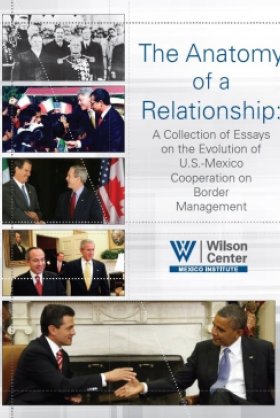Managing the Mexico-U.S. Border: Working for a More Integrated and Competitive North America



The border between Mexico and the United States is one of the most dynamic in the world. The United States and Mexican border states together represent the world’s 4th largest economy, see more than $500 billion dollars per year in bilateral trade, and house 56 crossing points where nearly 300,000 vehicle crossings take place on a daily basis.
Our countries have always had a complex and intertwined relationship and have established different and successful mechanisms to manage border matters. At present, the level of cooperation between Mexico and the United States on border issues is the highest testament of the maturity and strength of the bilateral relationship. Positive synergies are now in place, our common values and cultural ties are nowhere more visible than at our shared border, benefitting both societies.
This essay aims to offer a holistic approach and view of the border region. It focuses on the key aspects that comprise it, and also explains the mechanisms established by Mexico and the United States, describing the strong collaboration that has been accomplished by both countries.
The above text is an excerpt from the introduction to the essay. This essay is part two of our series "The Anatomy of a Relationship: A Collection of Essays on the Evolution of U.S.-Mexico Cooperation on Border Management."


The Mexico Institute seeks to improve understanding, communication, and cooperation between Mexico and the United States by promoting original research, encouraging public discussion, and proposing policy options for enhancing the bilateral relationship. A binational Advisory Board, chaired by Luis Téllez and Earl Anthony Wayne, oversees the work of the Mexico Institute. Read more
